The True Cost Of Living In America
Regular Accidental FIRE readers know that I spend my copious free time scouring the dark corners of the web in search of nifty mapping tools related to money and finances. Sometimes I find a site worth highlighting. Today’s post does just that.
HowMuch.net has issued a slick new interactive cost of living map that attempts to give a more accurate measure of the true cost of living in American census tracts based on your personal situation.
Here’s their description of why they created it:
There are many cost of living rankings out there, but most of them give cost of living averages for the “average American household.” Here’s the issue – the “average American household” doesn’t exist. Income and expenses vary widely between a single millennial to a household of two parents and three kids. Our cost tool explores the costs and expenses of living in a place based on your own, specific needs. The True Cost of Living tool allows you to add details like household size, income, occupation, and even food preferences.
The Map
When you open the site you’ll see this:

*like all interactive maps this site works best on a laptop or desktop and not your phone.
Notice the red box I added above around the “Show More Option” menu. That’s the magic button that allows you to customize the map to more than just a location and household type.
When you click that button a new set of options will pop up that allow you to customize the map based on these aspects of your life situation:
- Household type (middle class, freelancer etc)
- Profession or dual professions for married/co-habiting (you can also enter an exact income – this is key!)
- Number of people in household (including ages)
- Food Plan (thrifty, moderate, liberal)
- Rent (based on square footage)
The Howmuch.net folks automatically add utility costs, childcare costs, healthcare costs, and transportation costs which you’ll see on the right hand side in the white box.
Once you choose your location and desired (or current) life situation from the options presented, the map codes each census tract from green to red, which correspond to more affordable to less affordable. They also quantify each census tract with how much additional money you’d need, or how much you’d have left over based on your chosen parameters.
For instance, I would need an additional income of $21,989 a year to live in this exclusive Northwest D.C. neighborhood.

Sources
As mentioned the Howmuch.net folks automatically add taxes, utility costs, childcare costs, healthcare costs, and transportation costs in the white box on the right after you choose your options. I looked into where they’re getting their data for these because that’s the value I add to the world.
Here’s their sources:
- Income Data – Bureau of Labor Statistics and U.S. Dept. of Labor (if you only choose a profession and don’t specify an income)
- Taxes – National Bureau of Economic Research.
- Rent -Renthub.com
- Food costs – USDA
- Utility costs – U.S. Dept of Labor and BLS Consumer Expenditure Surveys
- Child care costs – Childcareaware.org
- Healthcare costs – BLS Consumer Expenditure Surveys
- Transportation costs – BLS Consumer Expenditure Surveys
Having done lots of research of financial data for mapping purposes myself, I find their sources to be sound. And they’ve included the big three expenses for most Americans which are housing, transportation, and food.
Gripes
I have some gripes with the map.
My main gripe is that they apparently only include data for renting and not owning a house or apartment. They don’t explain why they did this, but the fact is that 65.8% of Americans own their place of residence as of the fourth quarter of 2020.
Including home ownership would greatly increase the complexity of the map since factors like property taxes and insurance would come into play. I assume this is the reason, and since property taxes are very local and diverse in America that aspect alone would be difficult to map.
Another gripe is that they do not explain if their analysis assumes you are living paycheck to paycheck, or if you are saving some money. Given the common denominator of American financial behavior, I suspect it’s the former.
But it’d be nice to know if you could live in a certain area while saving 10 or 20% of your income. If you assume they do not include this then an easy hack would be to take the percentage you wish to save off of your income and check the results.
Geoarbitrage
So there you have it financial warriors, a slick cost of living mapping tool that goes way further than others in attempting to show the true cost of living based on location.
I post lots of tools like this that show various aspects of money and finance from a location perspective. If you’re considering Geoarbitrage in the United States this mapping tool can help you find a place to live with a reasonable cost of living that meets your specific needs.
Also be sure to check out my Geoarbitrage Resources Page that has tons of great tools to help you find your perfect location.
I hope you find these resources handy and I will continue to expose valuable tools that can help when deciding on a geoarbitrage strategy.




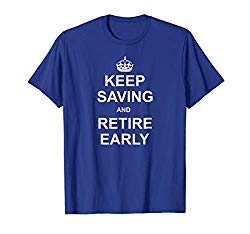


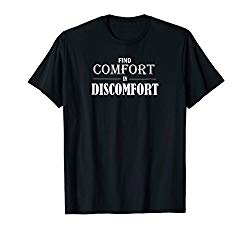


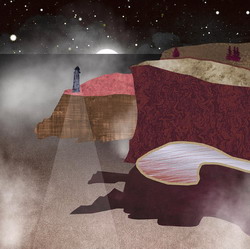







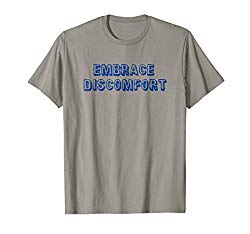
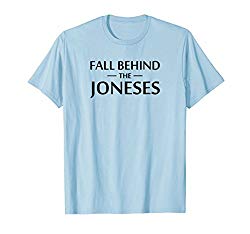
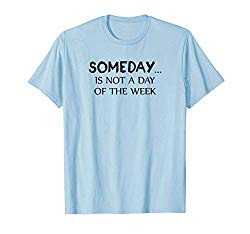

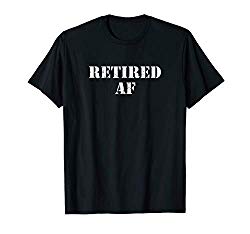


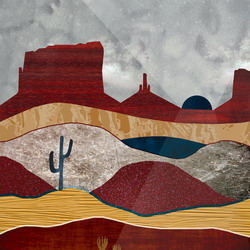




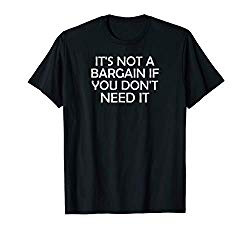
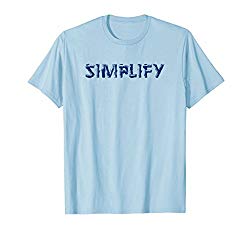











This is a fun tool. As for your question about whether they factor savings into affordability–I am pretty sure they don’t. I suspect they calculate your take home pay, and your costs, and subtract one from the other. I put in an internist’s salary (which is ridiculously low, by the way, in DC), and I was told I couldn’t afford an apartment in DC. When I checked out other cities (with higher salaries and lower costs), the site told me I when I would have money left over, and how much.
Nice, glad the site is showing some value to you and yes it might be best to leave D.C., as you know it ain’t cheap! Thanks for the comment.
Thanks. You add great value to the world. Or at the least my world. 😀
I appreciate that – thanks!
This is an interesting tool. I used “middleclass couple” and it said we need $10,000 more to live in our neighborhood. Our cost of living is much lower than the projection, though.
We live in a duplex and rent out one unit. We also share just one car and mostly cook at home. Our cost of living is not bad at all.
Haha, you’re too frugal Joe – you broke it! But seriously your results do not surprise me, their calculations likely do not take frugal folks like us into account.
buffalo is pretty green for our levels. i’m not exactly surprised but we have always felt rich because our housing was so cheap when we bought it. it’s not that way any longer. i could probably buy second house with that wine budget and the map guys don’t account for that expense!
You should get a wine cellar house, all brick and underground. Hell I’d visit!
Wow, that is very cool. There are tons of really interesting free services out there that are popping up every day to cater to FIRE fanatics.
Calculating the numbers yourself can be good but if someone else can do it for you, even better.
Yes indeed, I love it when others do the work and put it up for free 🙂
Oh fun! Not surprisingly, it was way off from what we actually spend in some of the categories because we’re more frugal than average people, but it’s still a more useful tool than the other cost-of-living estimators out there. We’re all too different for any tool to ever be perfectly accurate, but I liked the ability to fiddle with some of the biggest variables and see how we’re doing. I’m too far from “average” to ever make decisions based on any of these tools, but it’s still fun trivia, so thanks for sharing!
Very true, none of these calculators cater to us frugal folks. For a good coder out there that resents opportunity. Glad you liked it!
Oh, I’m excited to play with this tool – thanks for sharing! I’m constantly searching for and trying out the cost of living tools across the web to plan for our next adventure in retirement. Most of them are frustratingly disappointing, but I guess verifying several sources might get you to a reasonable answer.
We’re looking for an affordable place with a great sense of community, outdoor activities, a climate that still allows for some homesteading, at least a few delicious breweries & restaurants, and where we can still afford an awesome mountain view in our modest home. Know of anywhere?
Check out Salida Colorado – it is a bit small but it meets your description. Buena Vista is right up the road, and having spent tons of time in those towns they almost treat the two together as one big community. They’re pretty high on my potential list of places to settle to. Thanks for commenting!
Thanks! There are definitely a few places in Colorado on our list (though it’s becoming less and less affordable)… I’ll take a look at this one, too 🙂
Ooohhhh a new toy! Thank you 😊 I am excited to play around with it. We are considering geo-arbitrage eventually. We would like to stay in CA due to weather, quality of life ect…but are comparing it to other areas just because well it is expensive.
Though the tax code is fairly progressive and not bad at mid or lower income levels this is a great way to compare what the price differences of everything else as well.
Glad you like the tool and explore away!
Great map Dave! This is a great way to quickly compare the affordability of major cities. I’m extremely surprised by how unaffordable some cities are!
Well they wouldn’t be unaffordable for a frugal person such as yourself. You would break their algorithm 🙂
Sweet tool and thanks for sharing, Dave. This is pretty interesting once you start playing around with things. Nice to know that my current area is pretty affordable.
I have a general idea where you are and yes it’s affordable. It’s on my “definitely will consider” list for future settlement.